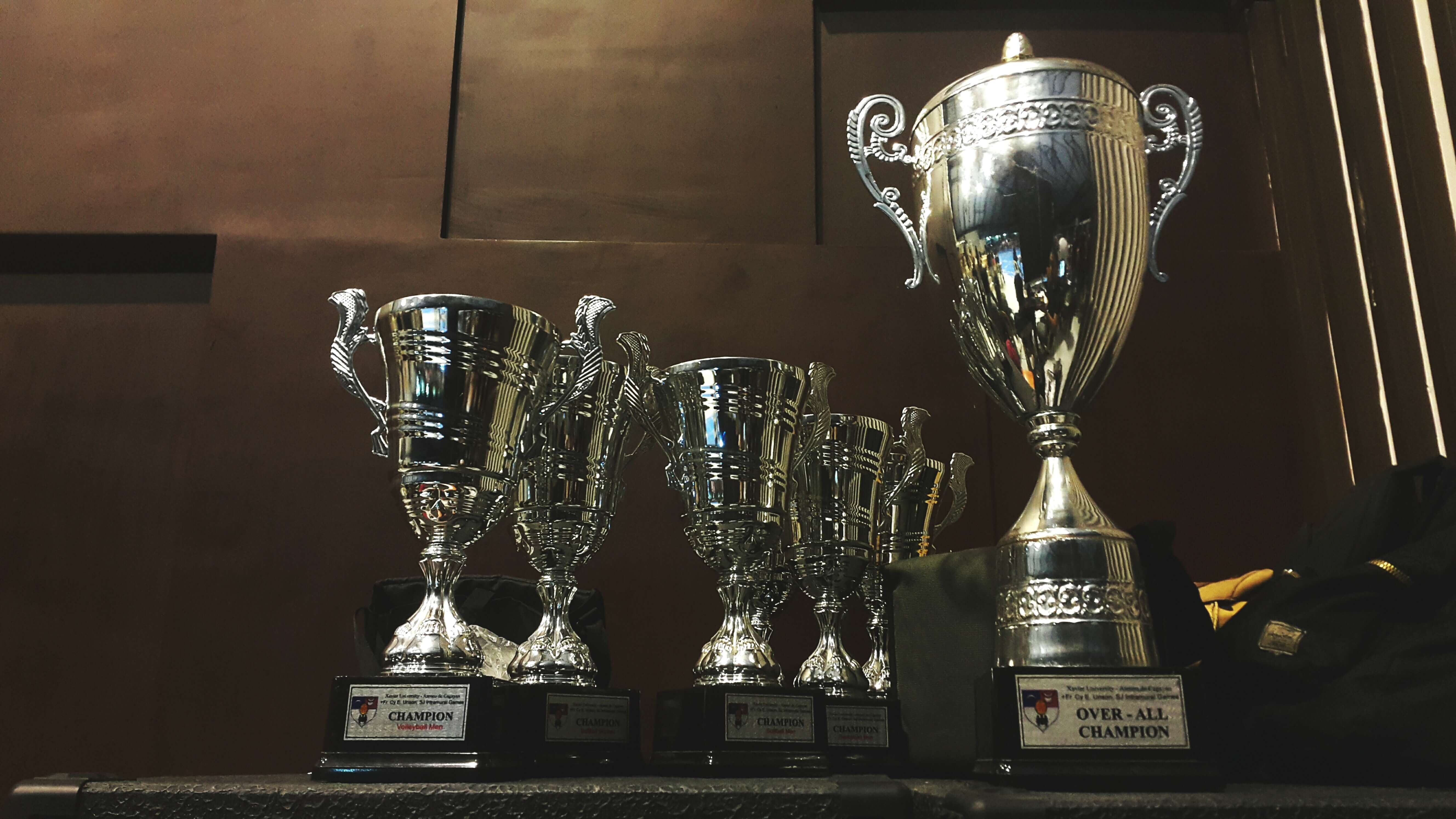
Not all assets are created equal. Some are much more valuable than others. Here, value isn’t just referring to the price tag of a particular item, but it also takes into consideration the importance of this item, any knock-on effect of poor asset tracking and also how rare the item is.
If you’re responsible for managing a portfolio of high-value assets, you’ll understand how crucial it is to have an accurate database of the assets you manage. You’ll also know how vital it is that asset locations are known and arguably, most importantly, that your assets are fully insured.
We have spoken to many different collection managers, from Churches to the Ministry of Defence and found that the requirements remain the same, or remarkably similar, no matter what the industry.
What to look for when choosing your asset tracking tool
1. Secure, cloud-based software
One thing that we both know you need is peace of mind. If you’re currently using an Access Database or Excel Spreadsheet, then you are most definitely not alone! Many collection managers we advise are presently using similar processes. We wouldn’t mind betting that you’re also facing many of the same problems we have helped our managers to solve. Do you find it practically impossible to keep your asset register up to date? Have you got ghost assets and zombie assets lurking in your asset database? Are you struggling to keep track of which assets are where? Don’t worry; we’re here to help.
The solution is to switch to using a cloud-based asset tracking system. What this means is that you can access your data from anywhere, from any device and at any time. Your data will also update in real-time and sync across all other devices that have access to your system.
Now if you aren’t used to using cloud-based solutions, this may sound a little daunting to you at first. The best thing you can do is to educate yourself on what this means, and I’m confident that in no time at all you, too, will be raving about cloud-based software.
When you’re using a system that is hosted in the cloud, it’s wise for you to understand exactly where this system and data is being hosted and stored. The itemit asset tracking software, as an example, is hosted using Amazon Web Services, often referred to as AWS.
If you’re curious and would like to know more, click here to find out more about AWS security.
2. Flexibility (but not too much)
You need a system that caters for your unique collections of assets. If your collection is made up of rare art pieces, then you’ll need a tool that allows you to categorise assets by artists and to include photos of not just the art itself but any significant labels on the back detailing dates, artists, etc.
If you’re tracking trophies, then it’s the personal touch you might be looking for. For example, is there a way to include in your asset register anecdotes about the trophy’s origin? Others may see this as a small, insignificant detail, but we understand it’s stories like this that breathe life into assets. These details are hugely significant when it comes to collections, and particularly when assets are handed down from generation to generation, they must not be lost.
3. QR code and RFID asset tagging options
We’ve said it before, and we’ll say it again, not all assets are created equal. What this means in asset tracking terms is that while some assets may be suited to QR code tagging, others may require a more advanced technology such as Radio Frequency Identification (RFID) tags.
QR code asset tags will likely be suitable for the vast majority of your assets. However, QR codes do have some limitations. If you want your tag to be hidden, QR code tags are not suitable, as a line of sight is needed to the tag so that your smartphone can scan it. This is likely to be the main hurdle you face if you try to tag all your assets with QR codes.
We’ve got a solution to this! RFID asset tracking and RFID tags allow you to track assets still but without needing to see the label in order to detect the asset. Clever, huh? Our RFID tracking software is known for being one of the easiest to use on the market. Seriously, drop us an email, and we’ll show you just how simple it is.
If you use the itemit RFID solution, you can stick small RFID tags on the back of your artwork and paintings so that the tag is hidden from view. Once you’ve associated the tag to the item’s digital profile (all done using the simple asset tracking app), scanning the tag using your RFID reader (which we’ll provide you with as part of your package), will update information about the artwork in the itemit database. It really couldn’t be easier. And you can sleep easy at night knowing that people aren’t repeatedly taking your artwork off the walls to find its asset tags.
4. Helpful customer support (a little hand-holding never hurt nobody)
If you feel as though it’s a lot of responsibility to track multi-million-pound collections – we hear you. We’ll be here with you every step of the way to help you get up and running, provide materials for you to train your team and follow up with you just to see how you’re getting on.
If you need that kind of support in your life, give us a shout.
To hear how one of our existing customers is using itemit to manage their high-value collections, read our case study on the Royal Electrical and Mechanical Engineers here.
Try Our Asset Tracking Software Free Today
Start your free 14-day trial now
Instant access. No credit card details required.

0 Comments